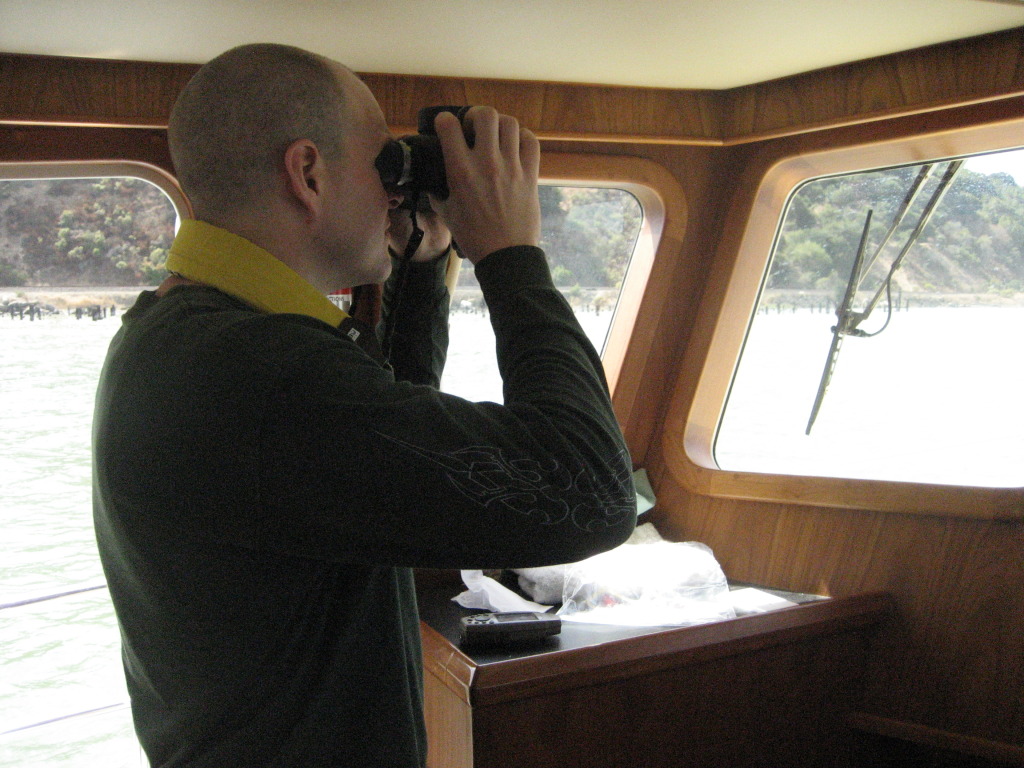This follows what I have heard through the years....
The original sense of this term was a pit for fighting cocks. This sense appears around 1587. In 1599, Shakespeare used the term in Henry V to refer to the theater and specifically the area around the stage. The theatrical reference was his invention, obviously playing on the idea of a cockfight being a performance.
The nautical sense arose about 1700. It was not an open area, but rather a compartment below decks. Normally, it would be the sleeping quarters for junior officers, but in battle would be the hospital. This sense appears unrelated to the theatrical sense, and may have been chosen because junior officers lorded over the sailors like roosters or because of a physical resemblance to the space where chickens were kept. The nautical sense transferred to airplanes around 1914 and to cars in the mid-1930s.�
Word origins.org
�The first "cockpits" were actual pits in the ground constructed (to the extent that one "constructs" a pit) to house "cockfights" to the death between game cocks (essentially very belligerent chickens). Cockfighting, a barbaric "sport" usually conducted for gambling purposes, probably originated in ancient China and remains distressingly popular around the world.
As a name for the scene of such grisly matches, "cockpit" showed up in English in the 16th century. By the 1700's, "cockpit" was being used as a metaphor for any scene of combat, especially areas (such as parts of Belgium and France) known as traditional battlefields. "Cockpit" was then adopted by pilots in World War I, who applied it to the cramped operating quarters of their fighter planes. Our modern sense of cockpit includes the entire crew areas of large airliners, which are usually fairly spacious and not, one hopes, the scene of conflict.�




